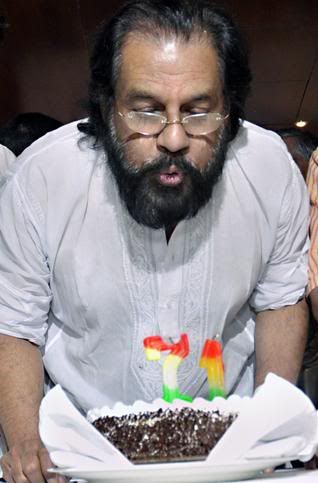 Do you remember the first time when you heard Yesudas’s voice? Probably don’t. If you ask me, I would say it is as difficult a question as asking when was the first time you heard your mother’s voice. It is said that not a day passes in a Malayali’s life without listening to this legendary singer’s voice. And now, the man has marked fifty years in the playback singing profession.
Do you remember the first time when you heard Yesudas’s voice? Probably don’t. If you ask me, I would say it is as difficult a question as asking when was the first time you heard your mother’s voice. It is said that not a day passes in a Malayali’s life without listening to this legendary singer’s voice. And now, the man has marked fifty years in the playback singing profession.
Yesudas is the ultimate benchmark for Malayalees when it comes to singing. “You sing like Yesudas!” was the ultimate compliment that a singer could get in the old days. In my childhood, the quality of singing was always measured by comparing a singer’s voice to Yesudas’s. So anybody who had a melodious voice would be fondly called “Junior Yesudas” in the local circle and that’s the biggest appreciation one could get in his local community. This has negatively affected singers who had a different tonal quality (not all good singers need to have a sweet voice and not all songs demand a sweet voice to render them).
As time has passed and people got exposed to various singers and genres of music, the benchmark was changed. Now, at least in the musician circles, having a voice that resembles or ‘accused’ to be resembling Yesudas’ voice is a curse. During my visit to Chennai, I had given a demo CD to a person in the industry on a suggestion from a friend. This person then gave it to a couple of music directors and then later told me that ‘they don’t need yet another Yesudas’. I realized how times have changed from my childhood, when everybody wanted to sing like Yesudas to this incident. From then onwards, the process was to cast-out the Yesudas influence. So I’d be more careful not to sound like Yesudas and would be disappointed and defend myself if I got a comment that said, “you sound like Yesudas!”, even if it is in a positive nature.
Yesudas has a contrasting life story. He was born in a poor Latin Catholic (kind of a Dalit in the Kerala Christian caste-ism) family and was taught music by a Tamil Brahmin. He is still not allowed to enter Guruvayoor temple because he was born Christian, but his song “Harivaraasanam” is played in the Sabarimala temple everyday before the sanctrum sanctorum is closed for the day. The Christian church has not disowned him, probably because of his popularity, even in the old days when a Christian would be expelled from the religion if he went to Sabarimala by following the penance and rituals. He has sung in several Indian and foreign languages, even though the perfection of his diction in languages other than Malayalam and Tamil are debatable. Purists of Karnatik music would say he has too much filmized the classical music, but he could help generate an interest in classical music among the laymen with his semi-classical filmy songs. He had made news when he allegedly said that Lata Mangeshkar should stop singing whereas he continues to sing in his 70s which has begun to draw criticism from some quarters.
For an ordinary Malayalee, Yesudas is not just a singer but an angel who advocates for peace. Somebody who transcends the borders of religion. And there is a saintly aura that was built around him in all these fifty years. And no ordinary Malayalee can tolerate any criticism against him.
One could very well doubt if this saintly, secular image was carefully tailored by the man himself. Though he has often commented on sociopolitical issues, he’s always been careful to sound neutral. When he spoke against something, particularly where the religious extremism is involved, he has never specifically spoken against anybody or any organization. He would pass on general/neutral comments which would give him a round of applause generally from all quarters. Most of the times, this is in the name of harmony and peace but it is debatable if it is part of an image that he is trying to maintain.
No matter how his sociopolitical comments are taken, there are many things that a singer could learn from the man. His hard work that started from the days of live recording, when there was no punch-in softwares available, and his devotion to music that he sacrifices some of the earthly pleasures for music.
At 71, Yesudas is not much of a wanted name in the Malayalam film music industry. With a wide variety of choice of singers and exposure to other language music and genres, Malayalees have learned to live past Yesudas. Perhaps this would be the right time for the singer to do what he had advised Lata Mangeshkar sometimes back. To stop singing filmy songs and dedicate full time to classical music. Nevertheless, Yesudas will continue to remain an icon in the Malayali community as long as he goes with the popular ideals of the society.
(Photo courtesy: The Hindu)
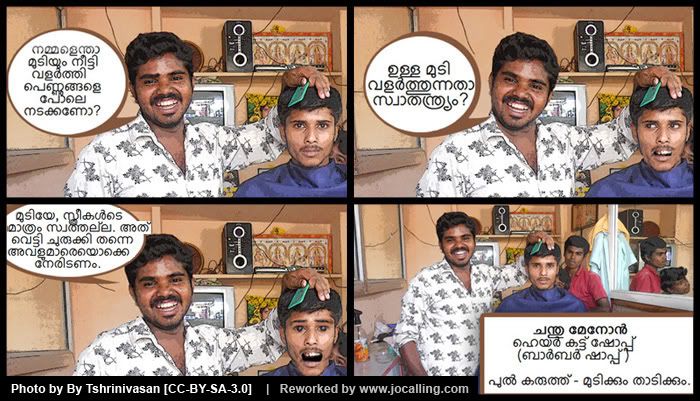

 Everything is powerful as long as it is in the powerful hands. The powerless are deluded by the powerful to think they have the power when they actually don’t. That is why we remain happy with our version of democracy or the predictions of India becoming a super power in 20xx. That is also why when the clergy teaches us of the greatness and acceptance of our version of religion makes us happy that we are part of something great, while we actually do not have any role in it. The powerful plays it all – politics, religion, race, caste and what not. And the powerless are only meant to nod their heads and fooled to believe that by doing so, they are playing a larger role. The powerful knows how to work their way though and that is what this news tells us of the fishermen, whose husband/brother were killed in cold blood by the Italian marines, forgiving the accused ‘in the name of Christ’.
Everything is powerful as long as it is in the powerful hands. The powerless are deluded by the powerful to think they have the power when they actually don’t. That is why we remain happy with our version of democracy or the predictions of India becoming a super power in 20xx. That is also why when the clergy teaches us of the greatness and acceptance of our version of religion makes us happy that we are part of something great, while we actually do not have any role in it. The powerful plays it all – politics, religion, race, caste and what not. And the powerless are only meant to nod their heads and fooled to believe that by doing so, they are playing a larger role. The powerful knows how to work their way though and that is what this news tells us of the fishermen, whose husband/brother were killed in cold blood by the Italian marines, forgiving the accused ‘in the name of Christ’.

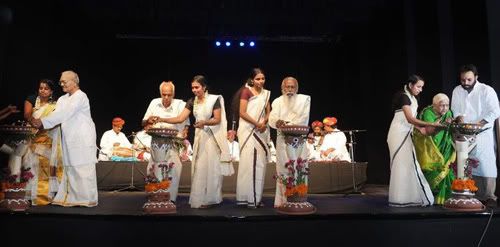
 When Mar George Alancherry was ordained a Cardinal, the newspapers wrote about how humble he is and how much he respects the Indian tradition with wearing a
When Mar George Alancherry was ordained a Cardinal, the newspapers wrote about how humble he is and how much he respects the Indian tradition with wearing a  How do you judge a society’s morale and progress? Is it possible to judge them by taking a look at how the society treats it’s women and children? If so, Keralam has shown an example of it’s morale and progressiveness by the incident of a minor girl being sexually abused. The incident took place in the coastal village Mangalam in Alappuzha district. A 12 year old girl was sexually abused by her neighbor who is a father of two children. The girl did not feel well after the incident and was afraid she could get pregnant so she shared it with her friend in the school.The friend shared it with her family.
How do you judge a society’s morale and progress? Is it possible to judge them by taking a look at how the society treats it’s women and children? If so, Keralam has shown an example of it’s morale and progressiveness by the incident of a minor girl being sexually abused. The incident took place in the coastal village Mangalam in Alappuzha district. A 12 year old girl was sexually abused by her neighbor who is a father of two children. The girl did not feel well after the incident and was afraid she could get pregnant so she shared it with her friend in the school.The friend shared it with her family.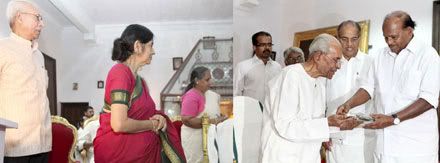
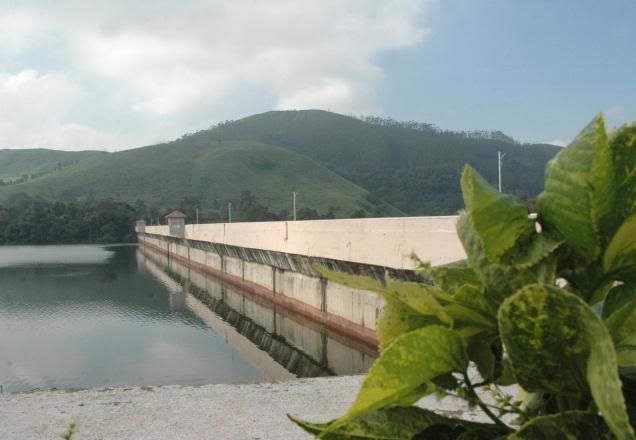
 Do you remember the first time when you heard Yesudas’s voice? Probably don’t. If you ask me, I would say it is as difficult a question as asking when was the first time you heard your mother’s voice. It is said that not a day passes in a Malayali’s life without listening to this legendary singer’s voice. And now, the man has marked fifty years in the playback singing profession.
Do you remember the first time when you heard Yesudas’s voice? Probably don’t. If you ask me, I would say it is as difficult a question as asking when was the first time you heard your mother’s voice. It is said that not a day passes in a Malayali’s life without listening to this legendary singer’s voice. And now, the man has marked fifty years in the playback singing profession.